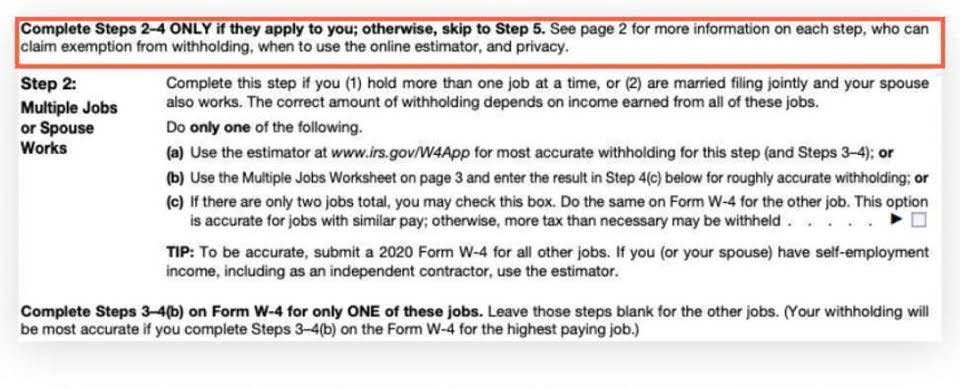Intrinsicly evisculate emerging cutting edge scenarios redefine future-proof e-markets demand line
Gallery Posts






Working Hours
| Mone - Fri: | 09:00 - 06:00 |
|---|---|
| Saturday: | 09:00 - 12:00 |
| Sunnday | 09:00 - 04:00 |
| Monday | 09:00 - 05:00 |
Content

Whether your business is profitable, or operating at a loss, this statement can help you make decisions about how to better position your business moving forward. One important thing to know before you get started analyzing your profit and loss statement is whether you are on a cash or accrual basis of accounting. Once you have your net revenue figure and total business expenses, it’s a simple case of subtracting the latter from the former to calculate your profit.
A profit and loss statement (P&L) statement includes a business's revenue, cost of goods and services sold, operating expenses, interest, taxes, net income and any other gains and losses. Revenue is known as the top line, and net income is called the bottom line.
Abbreviated as “COGS,” this is the cost of producing the goods or services you sold to your customers during the reporting period. It’s crucial to create accurate P&L statements so you can know whether your expenses are worth their cost. Otherwise, you risk not knowing what is causing the failure or success of your business. While this isn’t the only financial data to indicate the success of your business, it can help you determine what is and isn’t working financially. Expenses are deducted from revenue to provide the net income or net loss.
Check the math line by line to ensure accuracy if you’re reviewing a manually created profit and loss statement. Using software reduces human error and time spent on calculations. The purpose of reading a P&L statement is to determine the profitability of a business. You’ll have to review the P&L statement line by line to identify if the company is running at a loss (and won’t owe any taxes) or netting a profit. The operating profit is $11.8k, and the total expenses are $7.7k (COGS + Operating Costs).
PNL is calculated using the formula: PNL = (Exit Price x Amount Sold) – (Entry Price x Amount Bought) – Fees.
Record income information, such as payments for classes, monthly fees, and donations. In addition, record expenses, such as food, art supplies, toys, rent, utilities, and wages. The template automatically calculates net profit or loss for whatever time period you choose. This template uses a basic profit and loss statement format to help you track hotel revenue and expenses.
For entrepreneurs, sole proprietors and businessmen, time is of the essence. Each cog or gear needs to be well-oiled and maintained for it to run smoothly and efficiently. If you’re an employee and your boss asked you to perform a task, he expects no less than a timely completion. While others will work hard, others will work smarter (not harder). Sign up for Shopify’s free trial to access all of the tools and services you need to start, run, and grow your business. Each of these sums provides discrete information about your profitability before various additional expense categories are factored in.
The cash method, which is also called the cash accounting method, is only used when cash goes in and out of the business. This is a very simple method that only accounts for cash received or paid. A business records transactions as revenue whenever cash is received Accounting vs Payroll vs Bookkeeping and as liabilities whenever cash is used to pay any bills or liabilities. This method is commonly used by smaller companies as well as people who want to manage their personal finances. This document follows a general form as seen in the example below.
Gain instant insight into your home business’s actual profits and losses with this straightforward template. Enter your desired reporting period, and then add figures to determine your gross revenue, COGS, and gross profit. Then, itemize your home business’s expenses (e.g., rent/mortgage, utilities, office supplies, https://simple-accounting.org/a-guide-to-nonprofit-accounting-for-non/ internet & phone, etc.) to calculate your net income. This single-page template is the perfect fit for home businesses looking to gain quick insight into their financial position. Measure your YTD and year-over-year profits and losses by comparing your total revenue to your total expenses and costs.
